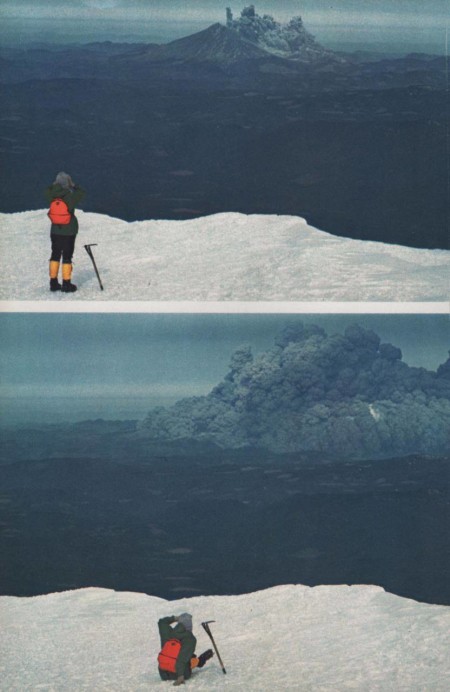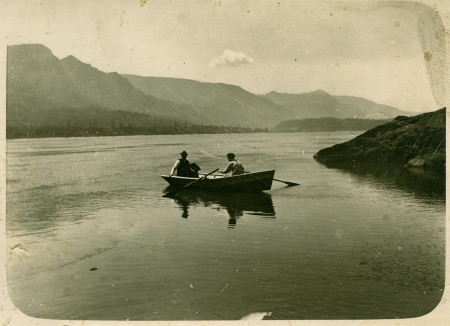The time is nigh for the Cupids of the world to indulge themselves in hallmark chocolate and prompted flower buying.

The modern market for Cupid.
Why this one day to lay
our souls on the line to our sweeties? Why the mass love fest on February, the 14th?
The origins of the chocolate orgy we call, “Valentines Day”, came from the Romans, who celebrated a ritual called, Lupercalia. Lupercalia dates way back, even before the Romans decided to get arrogant and help invent Imperialism, the Romans celebrated Lupercalia. It was a ritual that was observed on February 13 through 15, to avert evil spirits and purify the city, releasing health and fertility. How did they do this?

The Lupercalian Festival in Rome (ca. 1578–1610), drawing by the circle of Adam Elsheimer, showing the Luperci dressed as dogs and goats, with Cupid and personifications of fertility
The festival began with the sacrifice by the Luperci (or the flamen dialis) of two male goats and a dog.[10] Next two young patrician Luperci were led to the altar, to be anointed on their foreheads with the sacrificial blood, which was wiped off the bloody knife with wool soaked in milk, after which they were expected to smile and laugh.
The sacrificial feast followed, after which the Luperci cut thongs from the skins of the animals, which were called februa, dressed themselves in the skins of the sacrificed goats, in imitation of Lupercus, and ran round the walls of the old Palatine city, the line of which was marked with stones, with the thongs in their hands in two bands, striking the people who crowded near. Girls and young women would line up on their route to receive lashes from these whips. This was supposed to ensure fertility, prevent sterility in women and ease the pains of childbirth.
Now, let’s go buy some chocolates.



